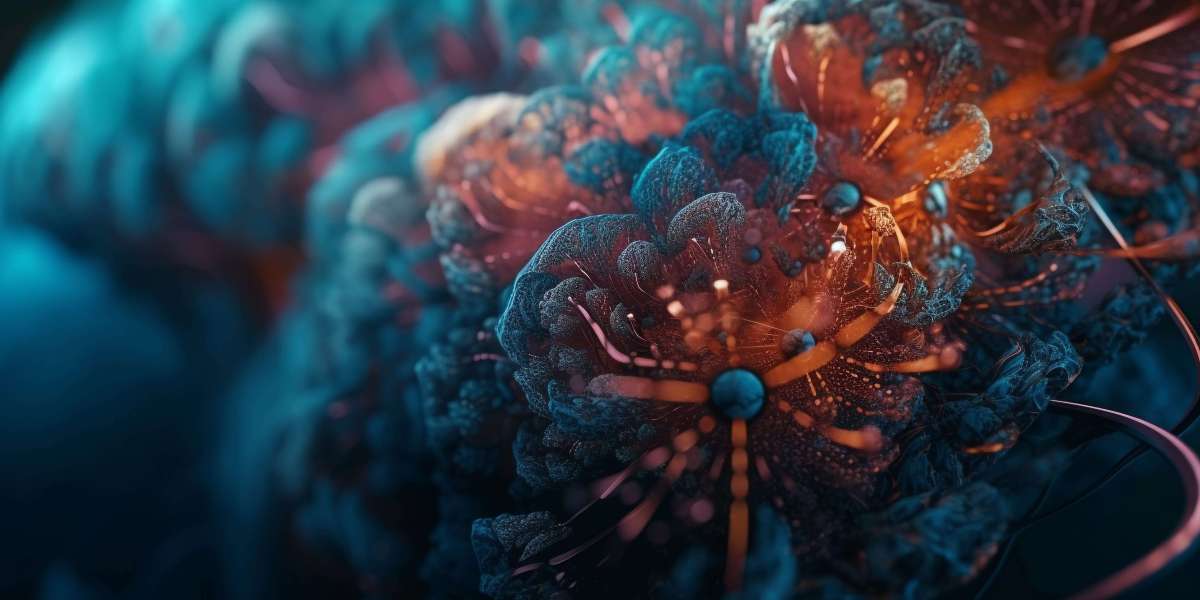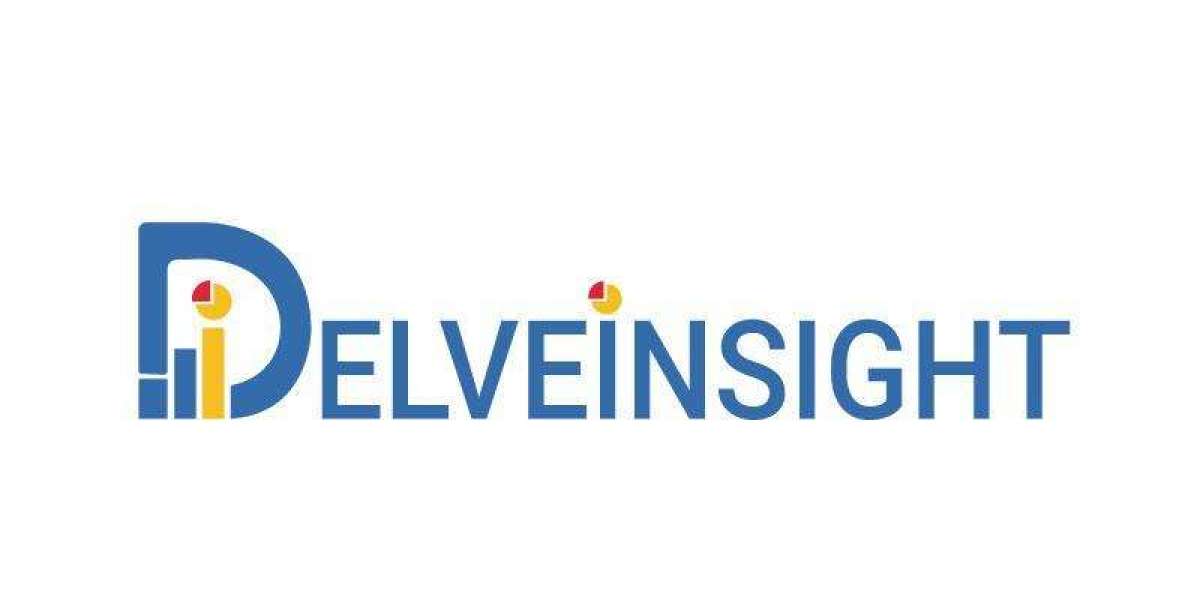Introduction
Hormone Receptor Positive (HR+) and HER2-Negative (HER2-) breast cancer represents a significant subset of breast cancer cases, characterized by the presence of hormone receptors but the absence of HER2 overexpression. This type of breast cancer, often referred to as HR+/HER2- breast cancer, affects a substantial number of patients worldwide. Recent advances in understanding and treating this subtype have led to significant improvements in outcomes and therapeutic strategies.
Global Advances in Treatment
The landscape of HR+/HER2- breast cancer treatment has evolved considerably over the past decade. One of the most notable advancements is the development of targeted therapies that specifically address the hormonal receptors involved in this cancer subtype. Aromatase inhibitors, such as anastrozole and letrozole, and selective estrogen receptor modulators (SERMs), like tamoxifen, have become standard treatments for HR+ breast cancer. These therapies work by interfering with estrogen's ability to fuel cancer growth, thereby slowing the progression of the disease.
In recent years, the introduction of CDK4/6 inhibitors—such as palbociclib, ribociclib, and abemaciclib—has revolutionized the treatment landscape. These drugs target proteins involved in cell cycle regulation, thereby enhancing the effectiveness of endocrine therapies. The combination of CDK4/6 inhibitors with aromatase inhibitors has been shown to improve progression-free survival in HR+/HER2- breast cancer patients, marking a significant advancement in managing this subtype.
Emerging Strategies and Research
Ongoing research into HR+/HER2- breast cancer continues to uncover new therapeutic strategies. One area of focus is the development of novel endocrine agents that overcome resistance mechanisms. For instance, the use of fulvestrant, an estrogen receptor degrader, has demonstrated efficacy in patients who have developed resistance to other hormonal therapies.
Another promising avenue is the exploration of combination therapies involving immunotherapy. Although HER2- breast cancer has traditionally been less responsive to immune checkpoint inhibitors, studies are underway to assess their potential benefits in conjunction with other treatments. The goal is to enhance the immune system's ability to target and destroy cancer cells more effectively.
Global Market and Future Outlook
The HER2 Breast Cancer Market reflects the growing focus on HR+/HER2- breast cancer. As new therapies emerge, the market for these treatments is expanding, driven by the increasing prevalence of HR+ disease and the need for more effective management options. Pharmaceutical companies are investing heavily in research and development to bring innovative treatments to market, aiming to improve patient outcomes and address unmet needs.
The future of HR+/HER2- breast cancer treatment holds promise with ongoing advancements in personalized medicine. By tailoring treatments based on individual genetic and molecular profiles, clinicians can better target therapy and improve efficacy. The integration of precision medicine and advanced research continues to drive progress in managing this prevalent and challenging cancer subtype.
Conclusion
The management of HR+/HER2- breast cancer has seen remarkable advancements, driven by novel therapies and ongoing research. From the development of targeted treatments to emerging strategies in combination therapy, the landscape is rapidly evolving. As research progresses and new therapies enter the market, the outlook for HR+/HER2- breast cancer patients continues to improve, offering hope for better outcomes and enhanced quality of life.
Keywords: Breast Cancer, Cancer, HER2 Breast Cancer, HER2 Breast Cancer Market, HER2 Breast Cancer Positive
Trending Reports
HR-positive/ HER2-negative Breast Cancer Market Insights: Upcoming Therapies and Market Analysis
Breast Cancer: Understand your breasts, recognize the symptoms
Key Facts To Know About Triple-Negative Breast Cancer In The Breast Cancer Awareness Month







